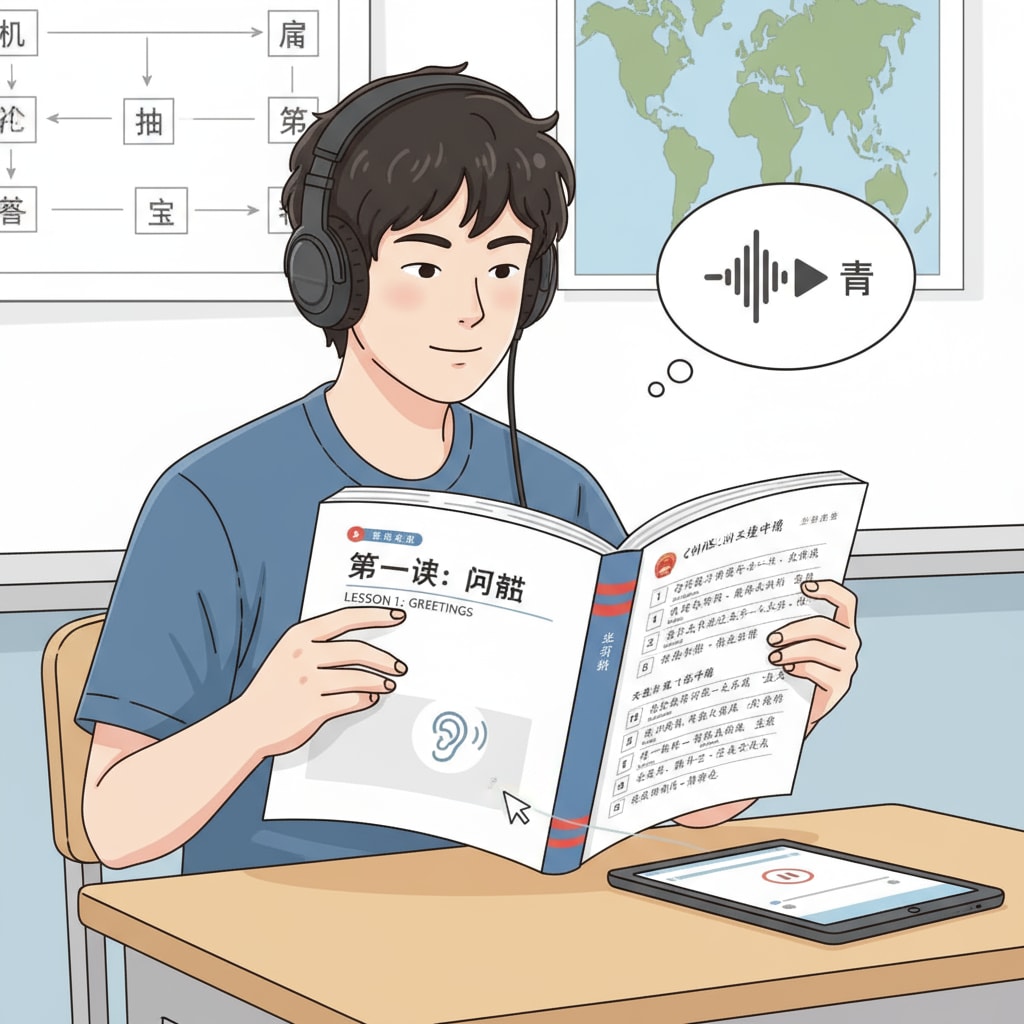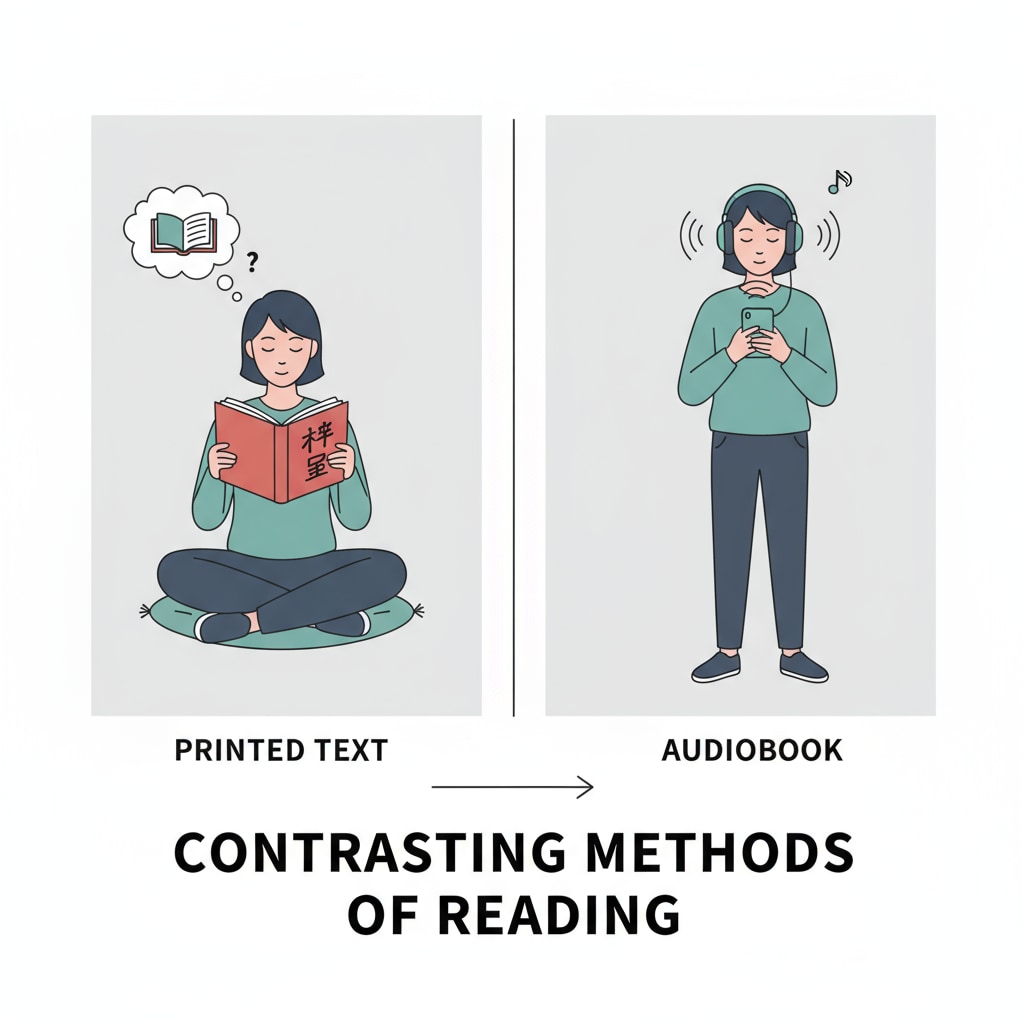In the realm of eighth-grade Chinese language teaching, the introduction of audiobooks as an alternative to traditional text reading has become a hotly debated topic. This new approach intertwines the concepts of audiobooks, reading fluency, and Chinese language teaching, raising important questions about its implications.

The Rise of Audiobooks in Chinese Classrooms
In recent years, audiobooks have made their way into educational settings. With the advancements in technology, it’s easier than ever for students to access audiobooks. In Chinese language classes, this trend is being seen as a potential way to engage students who might struggle with traditional reading. For example, some students with learning difficulties may find it easier to understand the content through listening. According to TeachThought, integrating audiobooks can offer a different learning experience. However, this convenience also brings concerns.
The Impact on Reading Fluency
One of the main areas of concern is the impact of audiobooks on students’ reading fluency. Reading fluency involves the ability to read text accurately, smoothly, and with proper expression. When students rely solely on audiobooks, they may miss out on the opportunity to develop these skills. Reading silently or aloud from a physical text helps students learn to recognize words quickly, understand sentence structures, and gain a sense of rhythm in the language. As Reading Rockets states, fluency is a crucial component of reading comprehension.

On the other hand, audiobooks can also have some positive aspects. They can expose students to proper pronunciation and intonation, which is beneficial for language learning. For instance, hearing a native Chinese speaker read a passage can help students improve their own speaking skills. But this should not overshadow the importance of developing reading fluency through traditional reading methods.
Readability guidance: The use of audiobooks in Chinese teaching has both advantages and disadvantages. It’s essential to understand how they interact with students’ reading fluency development. By examining different aspects, we can better evaluate this new teaching approach.


